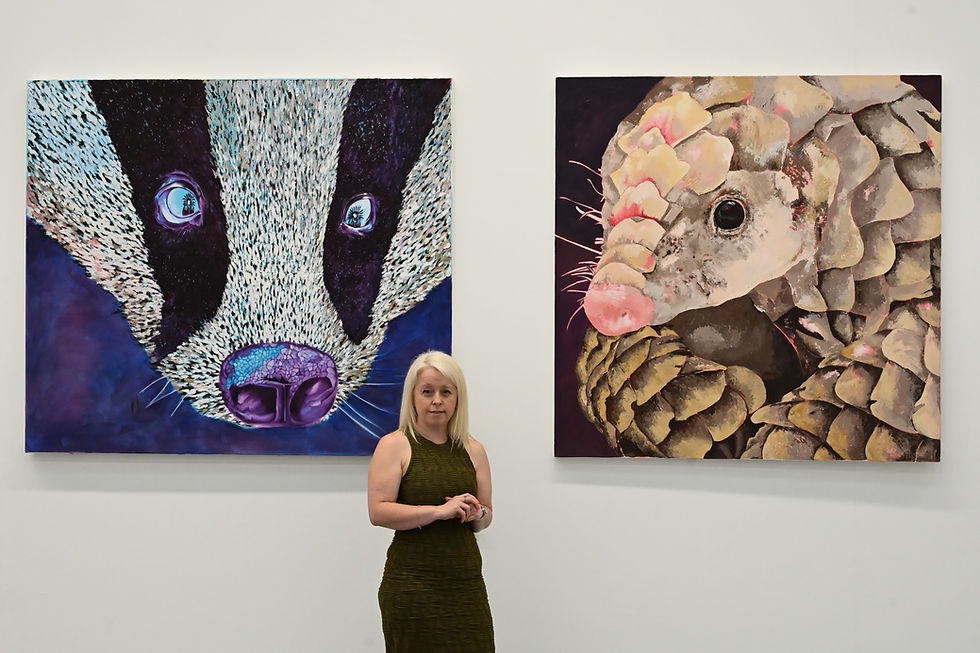A – Z of photography
- Martin Bennett - Photographer

- Jul 16
- 1 min read

A – Aperture.
The aperture is quite simply the hole that the light comes through.
The bigger the hole, the more light reaches the sensor/film.
The size of the hole is called an fstop
The fstop, is the ratio of the focal length of the lens and the diameter of the hole.
The longer the lens, the bigger the hole needs to be to maintain a similar aperture
As well as allowing more or less light to reach the sensor, the fstop has a profound effect on the depth of field. This, to me, is one of the most important factors affecting the actual image. Clearly “depth of field” begins with a “D” though!
Adjusting the aperture during a shoot allows me to include or exclude parts of the scene, to focus more on a specific place. This is usually the eyes of my client.
In fixed focal length lens, maintaining the aperture is logical, however for a zoom lens, it is much more problematic. There are significant engineering challenges to make it work, hence the significant costs of zoom lenses. As a professional photographer, a £1000 is a normal price for a half decent zoom.
The photos show and 85mm lens, the optimal lens for portrait photography. For the lens to have an fstop of 1 the aperture would also have to be 85mm. The thing would be enormous! The second image is F1.8, wide open! A modern lens like this is about £750.



Comments